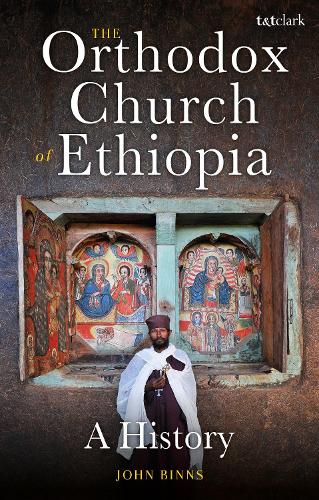
The Orthodox Church of Ethiopia: A History
(Paperback)
Available Formats
Publishing Details
The Orthodox Church of Ethiopia: A History
By (Author) Dr. John Binns
Bloomsbury Publishing PLC
T.& T.Clark Ltd
30th January 2020
United Kingdom
Classifications
Tertiary Education
Non Fiction
Christian Churches, denominations, groups
Orthodox and Oriental Orthodox Churches
Physical Properties
Paperback
320
Width 138mm, Height 214mm, Spine 26mm
360g
Description
Surrounded by steep escarpments to the north, south and east, Ethiopia has always been geographically and culturally set apart. It has the longest archaeological record of any country in the world: indeed, this precipitous mountain land was where the human race began. It is also home to an ancient church with a remarkable legacy. The Church of Ethiopia is the only pre-colonial church in sub-Saharan Africa; today it has a membership of around forty million and is rapidly growing. This book is the first major study of a community which has developed a distinctive approach different from all other churches. John Binns explains how its special features have shaped the life of the Ethiopian people, and how political changes since the overthrow of Haile Selassie have forced the Church to rethink its identity and mission. He discusses the famous rock-hewn churches; the Ark of the Covenant (claimed by the Church and housed in Aksum); medieval monasticism; relations with the Coptic Church; centuries of co-existence with Islam; missionary activity; and the Church's venerable oral traditions of poetic allegorical reflection.
Reviews
The personal nature of this account means that to a greater extent than many other books about the Ethiopian Church, it helps the reader enter the lived experience of the church throughout its history. * Studies in World Christianity *
Author Bio
John Binns is Visiting Professor of Eastern Orthodox Studies at the University of Cambridge and Vicar of Great St Mary's, Cambridge. He serves also as Chairperson of the charity Partners for Change Ethiopia. His previous publications are An Introduction to the Christian Orthodox Churches (2002) and Ascetics and Ambassadors of Christ: The Monasteries of Palestine, 314-631 (1994).
